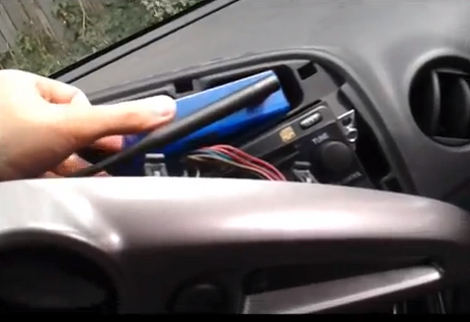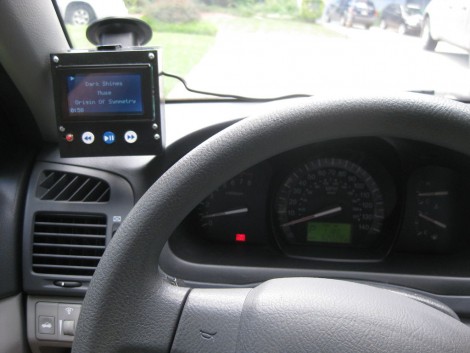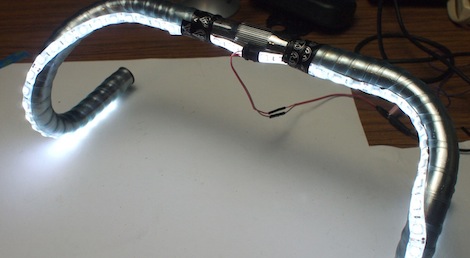When, born hacker, [Kathryn] was 12, she approached her parents with an interesting proposition; she wanted to restore a Pontiac Fiero before her 16th birthday. So, using her babysitting money, parental guidance, and an enviable attitude, she has set out to do just that. The build log linked above is incomplete as she has not yet reached 16, but is a very good read. Lots of build logs gloss over some of the more basic steps because they’ve done this a time or two. It’s fun to learn along with [Kathryn] as she and her dad work all the way from upholstery and painting to grinding and welding wheel wells. It seems this project has acquired quite a fan base over the past few months, us included, and even a 3M sponsorship. We look forward to seeing what [Kathryn] does next. It looks like some engine work, along with a lot more welding.
Didn’t [Jeri Ellsworth] have a history of building cars too?

















